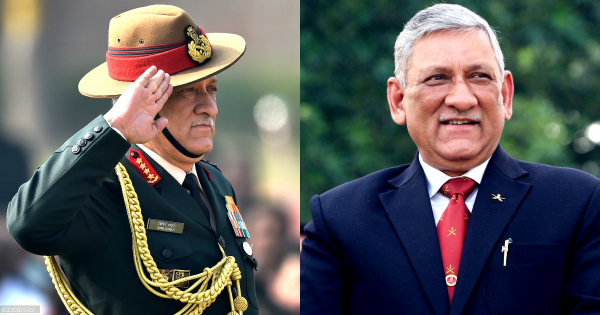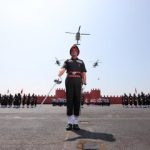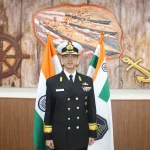General Bipin Rawat has been one of the countries most well known Army Chiefs. The strong-willed and outspoken leader of the 1.3 million-strong Indian army has not been shy of the media and has displayed the moral courage to speak one’s mind, even when the opinion seemed unfavourable. Indeed, General Rawat marched on spearheading landmark reforms in the Indian Army. From proposing structural reforms in the military’s higher commands to pushing for leaner and meaner teeth driven Army to offer soldierly support to the JCO’s and NCO’s to serve as commissioned officers, here are five of General Rawat’s landmark reforms, in layman’s terms.

1.) Integrated Battle Groups

General Rawat has proactively worked towards developing a leaner and meaner fighting force, shedding the unnecessary flab, lowing down the Indian military machine! Following the review of a detailed internal military study, General Rawat announced the phased implementation of what is being called ‘Integrated Battle Groups’. IBG’s are highly agile, self-sustaining brigade-sized combat formations. These combat formations are tailor-made based on a strategic assessment taking into account factors such as Terrain, Tanks and resources into consideration. These mobile combat formations will be able to rapidly mobilise into a theatre of operation within 12-48 hours, (based on the nature of operations) This is predicted to enhance military lethality with existing resources and manpower.
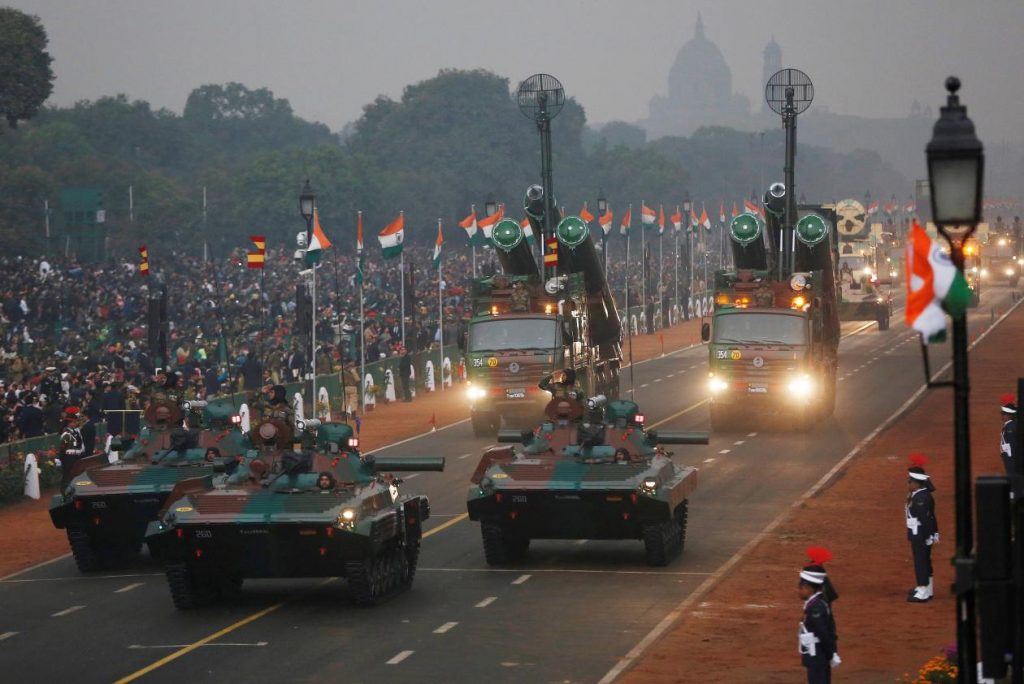
2.) Indian Army Launches Special Human Rights and Vigilance Cells
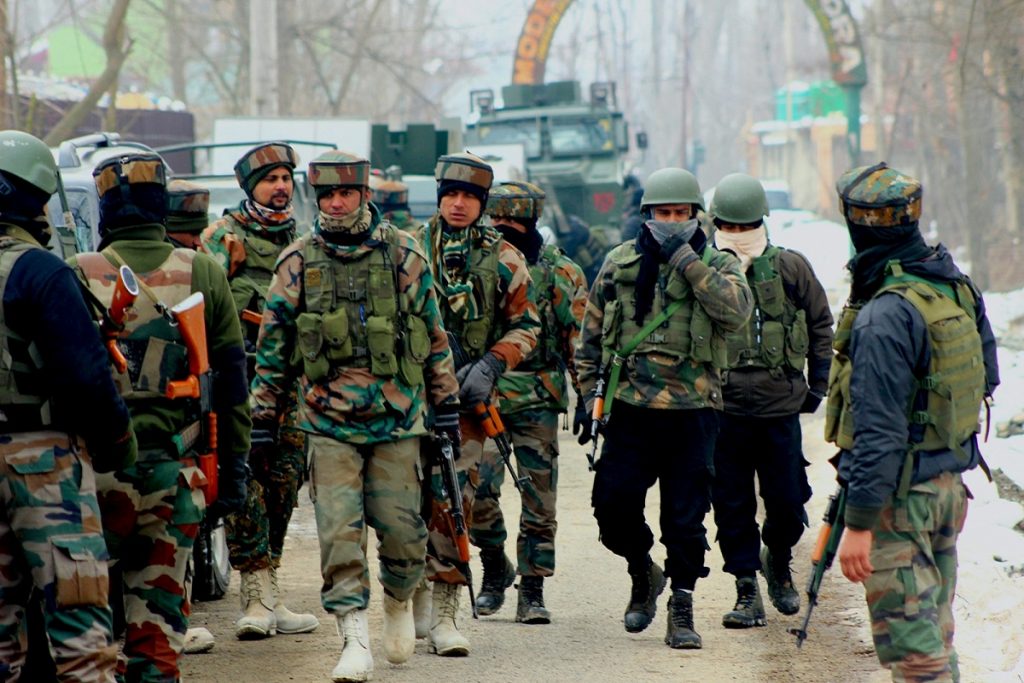
Under the recommendations of the aforementioned internal study, the Indian Army Chief along with Defence Minister Rajnath Singh launched a Special Human Rights Cell and a special vigilance cell. The decision to form an Independent Human rights cell as a result of increasing international human rights reports, alleging gross violations of human rights by the army in the valley and the Northeast. The body is to investigate the legitimacy of the claims and take actions accordingly. The Human rights body has been set up at the Army Headquarters (AHQ) in New Delhi and is headed by Additional Directorate General (ADG), a Major General rank officer. The cell reports directly to the Vice Chief of Army Staff (VCOAS). The decision to create specialised anti-corruption cell stemmed from increasing allegations of corruption by personnel of the Indian Army. The anti-corruption body will come under the direct authority of the Chief of Army Staff (COAS) and will be headed by an Additional Directorate General (ADG), who is a Major General rank officer, reporting solely to the COAS.

3.) Young Leaders Training Wing To Train Jawans For SSB Interview

General Rawat in perhaps one of the Indian Army’s most heartwarming initiative has called for reorganising and reforming the Young Leaders Training Wing at the Officers Training Academy in Chennai. Gen Rawat’s new initiative aims to help serving Jawaans (Other Ranks, Non-Commissioned Officers and Junior Commissioned Officers) prepare for the gruelling five-day officer selection procedure, known as the Services Selection Board. This initiative will help serving soldiers with ground-level operational experience in their respective trade/speciality to get an opportunity to lead units as commissioned officers. The preparation program, comprising of an intensive personality enrichment course, is designed to enhance a jawan’s odds of selection for pre-commission training at OTA Chennai.
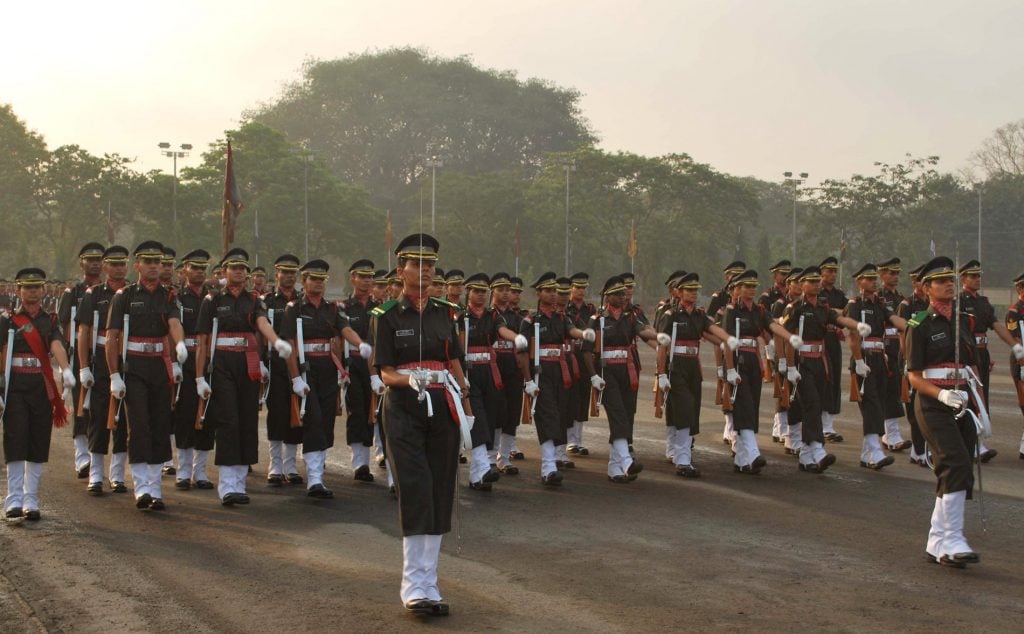
4.) Artillery Revolution
Artillery superiority is one of the single most decisive factors in modern warfare. Accurate artillery fire has been recorded to be the leading contributor of military casualties in 21st-century military combat. Following the political fallout of the infamous Bofor’s scandal in the ’80s, the Indian Army remained majorly handicapped in its procurement of artillery guns. With the Bofor’s artillery guns having run its combat effectiveness, the Indian Army, under General Rawat has pushed for the induction of several artillery systems, most notably the Dhanush, the Vajra K9 and the M777 Howitzer. The Ordnance Factory Board is scheduled to deliver 400 indigenous Dhanush artillery guns to the Indian Army by next year.
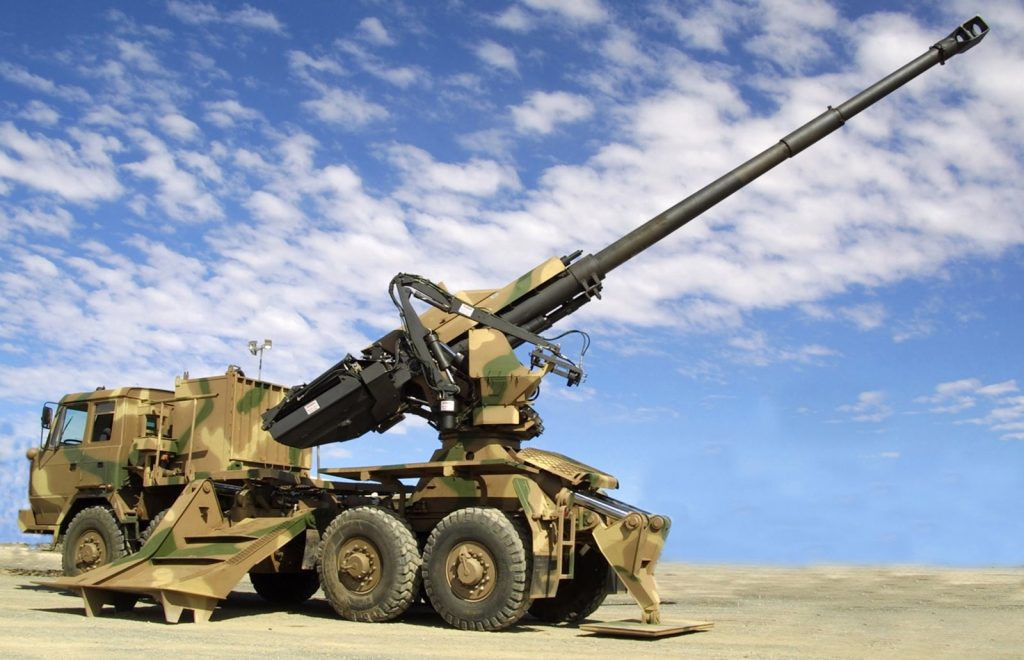
Furthermore, the Army is expected to receive the uber advanced United States manufactured M777 Howitzers; the American M777 will be replacing the ageing Bofor’s. The indigenously designed Vajra K9 self-propelled Howitzer will also soon be pushed into service. The induction of the Dhanush, M777 and the Vajra will bolster the Indian Army’s lingering artillery capabilities and enhance its overall combat effectiveness.

5.) A War On Obesity!

General Rawat has made it a requirement that officers and soldiers of the Indian Army remain, and look fit! Senior officers found to be with a paunch will be passed over for promotions and foreign postings. The result of not maintaining a military-level of physical and medical fitness will reflect on the officer’s annual confidential reports drastically affecting his/her career progression in the service. The general has even called for a complete overhaul of the food available at the respective officers, JCO’s, NCO and OR’s mess. with oily, unhealthy food to be mercilessly struck off from the menu under the general’s directives! Young officers undergoing their post-commission training at Mhow will now be mandated to undergo an extremely stringent physical fitness evaluation, and if not found to the standards expected, it will result in these officers not receiving their instructors grating. The lack of being awarded an instructors grading will reflect extremely poorly in their ACR’s and will thus hamper their career progression in the long run.

A Fitting Legacy
With General Rawat’s tenure coming to a close and the search for India’s new army chief underway, the reforms proposed by the flag officer will undoubtedly push the Indian army to reassess itself as a modern military machine, recalibrate and then rise to meet the future security challenges faced by the country. The successful implementation of these reforms shall be a fitting tribute to the general’s forty-plus years of national service in uniform.

